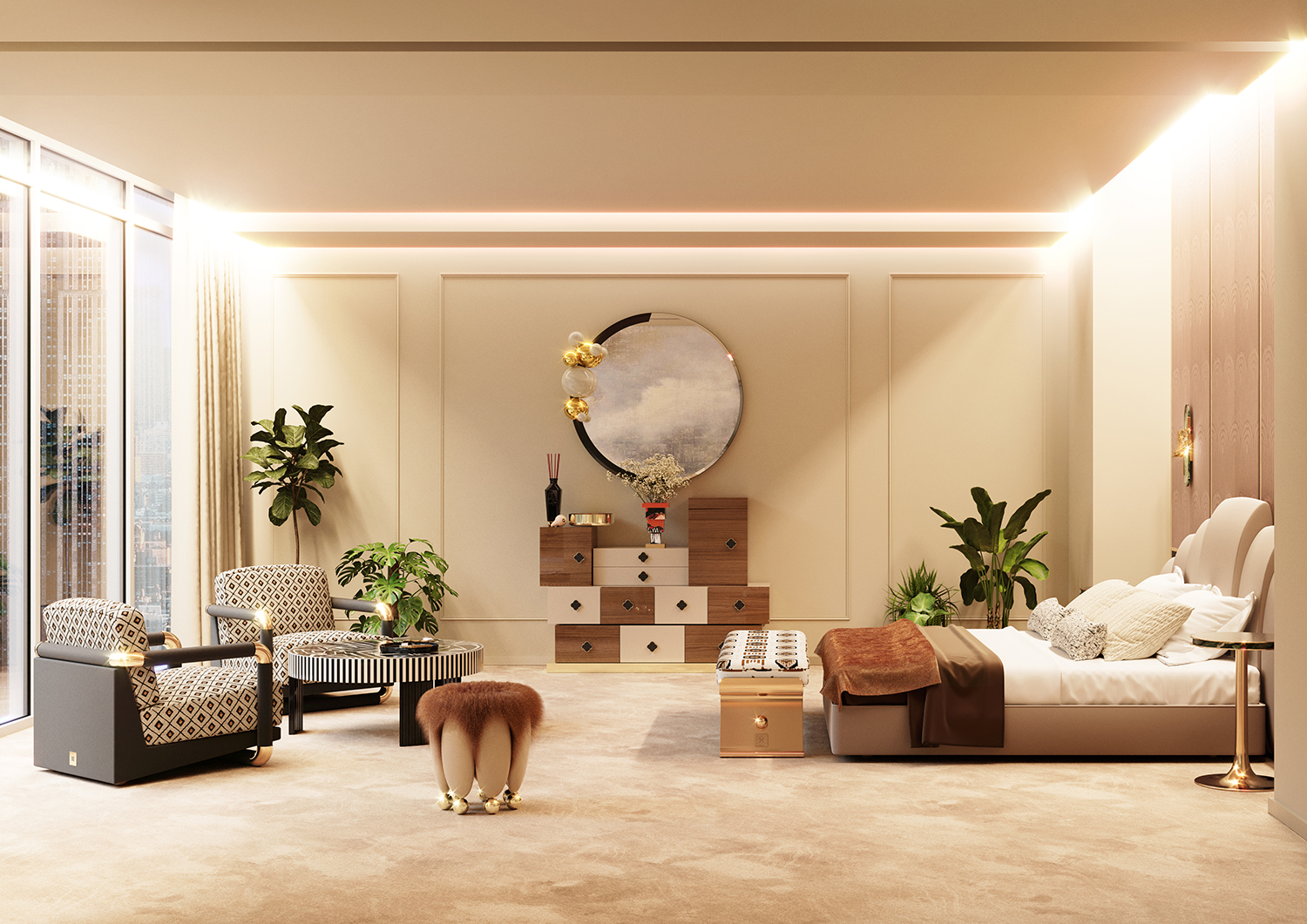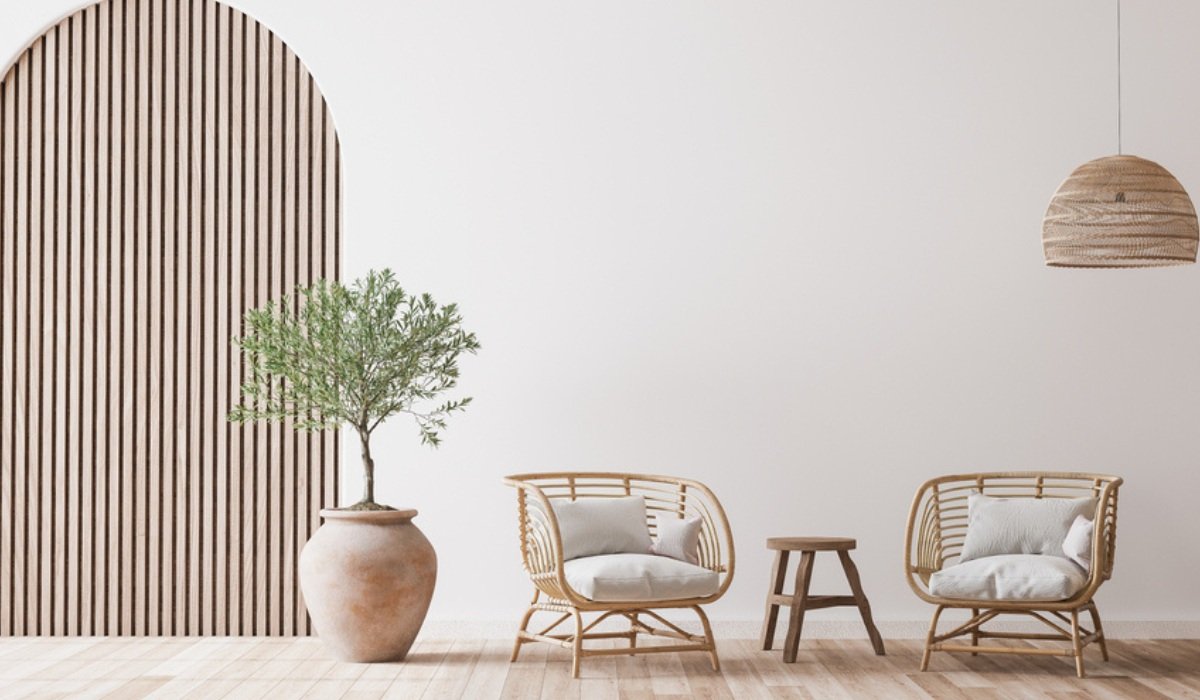Why Recognizing the Principles of Interior Decoration Is Important for Effective Room Preparation
Recognizing the concepts of indoor layout is basic to efficient area preparation, as it prepares for developing atmospheres that balance performance with visual charm. Necessary aspects such as equilibrium, circulation, and percentage are not merely decorative considerations; they are crucial in maximizing how an area is utilized. When these principles are thoughtfully used, the result is an ambience that encourages both efficiency and health. Yet, many neglect exactly how these concepts intertwine with useful applications, resulting in missed opportunities in layout efficiency. Exploring this connection discloses understandings that can transform any space.
Relevance of Room Preparation
Area preparation is a fundamental facet of indoor layout that considerably influences the functionality and appearances of a space. It involves the tactical arrangement of furnishings, fixtures, and architectural aspects to optimize using available room while enhancing the overall customer experience. Efficient area planning addresses different elements, including circulation, access, and the certain requirements of the residents.
One of the main benefits of area planning is its capability to improve spatial performance. Interior design Miami. By attentively organizing a design, developers can guarantee that every location offers a purpose, reducing clutter and promoting a feeling of order. Additionally, correct room preparation cultivates a harmonious environment, permitting seamless movement and communication within an area
Furthermore, successful area planning takes into account natural light, sightlines, and the connection between different locations. This holistic approach not just boosts the aesthetic charm yet also adds to the well-being and efficiency of the owners. Eventually, a well-executed space plan is crucial in producing a well balanced and inviting ambience, making it essential for any interior design job.
Secret Principles of Interior Decoration

One essential concept is equilibrium, which can be balanced, asymmetrical, or radial. Symmetrical equilibrium creates a sense of order, while asymmetrical balance supplies an extra dynamic visual appeal. Another critical concept is proportion and scale, making certain that the dimension of furnishings and style components relate harmoniously to every other and the overall area.
Color theory additionally plays a substantial function, affecting mood and perception. Designers utilize shade combinations to evoke particular sensations and boost the spatial experience. Furthermore, the principle of rhythm includes developing a sense of motion with repetition of forms, patterns, or shades, assisting the eye throughout the room.
Finally, the principle of emphasis directs focus to focal factors, enabling for a clear narrative within the style. Interior designer Miami. By sticking to these crucial concepts, indoor designers can produce atmospheres that not just meet practical demands but likewise reverberate with the residents on an emotional degree
Influence on Performance and Circulation

The arrangement of furniture, the selection of products, and the integration of innovation all play essential roles in attaining optimal performance. For instance, positioning seating areas in proximity to offices can promote interaction and collaboration, consequently improving look here efficiency. In addition, making certain that pathways are unblocked and clear permits reliable movement, reducing blockage and promoting a natural flow throughout the room.
Moreover, including components such as lighting and color can better aid in delineating areas, making it much easier for people to browse their setting. Thoughtful space preparation takes into consideration not just the physical facets of design however additionally exactly how users interact with their environments. Inevitably, a concentrate on functionality and circulation not just boosts the individual experience but likewise raises the general efficiency of the area, producing an atmosphere that fulfills the requirements of its residents while promoting a feeling of consistency and equilibrium.
Enhancing Aesthetics and State Of Mind
Three vital elements-- structure, shade, and lights-- play crucial roles in improving the aesthetic appeals and state of mind of an indoor area. Color establishes the emotional tone; cozy tones like oranges and reds evoke energy and warmth, while cooler shades such as blues and environment-friendlies advertise calmness and peace. Picking an unified color combination can transform a space, developing a cohesive and aesthetically attractive environment.
Appearance adds depth and rate of interest, adding to the tactile experience within a room. A mix of textures-- smooth surfaces, luxurious textiles, and natural materials-- can develop visual intrigue and improve comfort. For example, combining a soft velour couch with a smooth glass coffee table can develop a balanced aesthetic that welcomes interaction.
Lighting, usually a neglected component, considerably effects state of mind. Natural light fosters an open, airy atmosphere, while tactically placed fabricated lighting can create warmth and highlight building features. Dimmer buttons allow convenience, enabling for adjustments to fit numerous activities or times of day.
Including these three more information aspects attentively not only raises the aesthetic appeal of an area yet also grows an ambience that resonates with its intended function, inevitably enriching the general experience for its owners.
Practical Applications in Reality
Using interior decoration concepts in actual life requires a thoughtful method that incorporates color, texture, and lights into everyday areas. By comprehending how these components work together, individuals can develop environments that are not only visually enticing however also functional and unified.
For example, in a tiny living area, utilizing a light shade scheme can make the room feel bigger and a lot more open. Strategic use mirrors can boost all-natural light and produce an impression of deepness. Incorporating different appearances through textiles, such as paddings and rugs, can add heat and interest without overwhelming the senses.
Lights plays an essential duty in specifying the atmosphere. Layered lights, including ambient, job, and accent alternatives, enables flexibility in mood setups. In an office, as an example, a mix of all-natural light, desk lights, and decorative fixtures can improve productivity while maintaining an inviting setting.
Furthermore, recognizing spatial partnerships and furniture arrangement can result in improved capability. By sticking to principles such as balance and percentage, one can make sure that areas serve their desired purpose while staying visually pleasing. Generally, sensible applications of indoor style principles significantly boost the livability and charm of any atmosphere.
Conclusion
Finally, comprehending the concepts of indoor style is critical for reliable room preparation, as it cultivates a balance in between performance and aesthetic appeals. By applying crucial concepts such as percentage, color concept, and circulation, designers can develop atmospheres that boost both usability and aesthetic appeal. Eventually, this knowledge contributes to the growth of areas that not just meet functional needs however also elevate the overall atmosphere, causing even more effective and enjoyable experiences for users.
Recognizing the concepts of indoor design is fundamental to efficient room planning, as it lays the groundwork for producing environments that integrate performance with aesthetic allure.Area planning is a basic element of interior design that substantially affects the capability and read this visual appeals of an area. In addition, correct space planning fosters a harmonious atmosphere, enabling for smooth activity and communication within a room.
Additionally, the principle of rhythm involves creating a sense of movement with repetition of patterns, forms, or shades, leading the eye throughout the room.
In verdict, recognizing the principles of indoor design is crucial for reliable room preparation, as it cultivates an equilibrium in between capability and aesthetics.
Comments on “Experience Sophistication with a Top Luxury Interior Designer Miami”